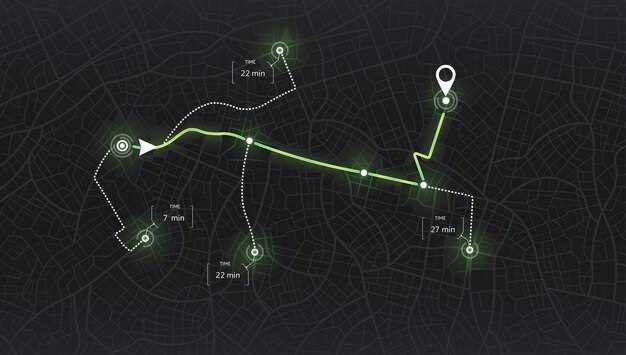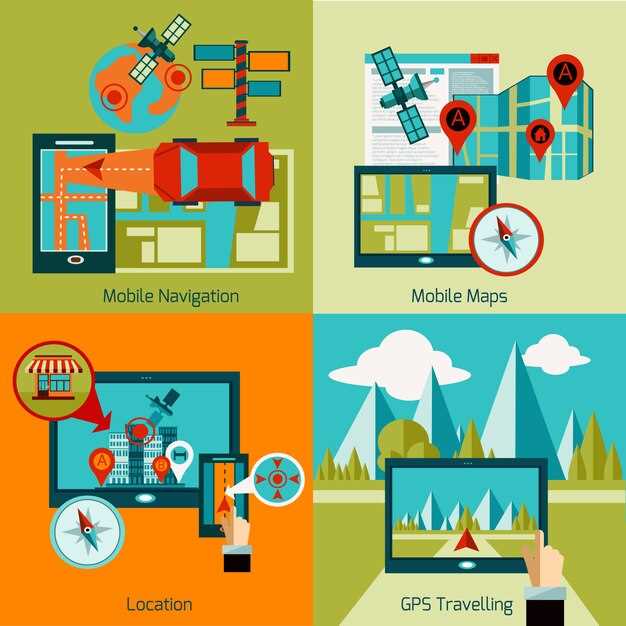

The integration of GPS technology in racing has revolutionized the way athletes and teams analyze performance. By utilizing a GPS logger, competitors can gather precise data regarding their speed, acceleration, and positioning on the track. This detailed information provides invaluable insights into a racer’s strengths and weaknesses, enabling tailored training regimens that enhance overall efficiency.
Through advanced GPS track mapping, racers can visualize their performance across various sections of the track. This not only aids in pinpointing areas for improvement but also assists in strategizing optimal racing lines. As a result, athletes are better equipped to make informed decisions, maximizing their potential during competitions.
Furthermore, the combination of GPS data with performance metrics fosters a data-driven approach to racing. Coaches and teams can analyze trends over time, ensuring that every aspect of a racer’s performance is optimized. Embracing such technology thus becomes essential for those aiming to maintain a competitive edge in the fast-evolving world of motorsport.
Using GPS Loggers to Capture Accurate Racing Data
In the competitive world of racing, the precision of data collection can significantly influence performance outcomes. GPS loggers serve as invaluable tools to capture and analyze racing data with remarkable accuracy. By recording the exact position of a vehicle at various intervals, these devices enable racers to assess their performance on a granular level.
When integrated into racing environments, a GPS logger tracks essential metrics along the course line. It records parameters such as speed, acceleration, and location, providing racers with comprehensive insights into their performance. For example, by analyzing GPS data, racers can determine the most effective racing lines and identify areas for improvement in their driving technique.
Moreover, the advantage of high-resolution data offered by GPS loggers allows for a thorough examination of split times and specific sections of the racetrack. This capability leads to informed decisions about adjustments in racing strategy, tire selection, or vehicle setup. The data captured can also be shared with team engineers to further refine performance through targeted analysis.
In conclusion, employing GPS loggers is essential for any racer aiming to enhance their performance. The ability to capture accurate data along the course line not only improves immediate racing strategies but also contributes to the long-term development of skills and techniques. Embracing this technology enables a data-driven approach to racing that can set competitors apart in the quest for success.
Analyzing Racing Lines for Optimal Performance Improvement

In motorsports, the concept of racing lines is crucial for achieving optimal performance on the track. By analyzing these lines, drivers can enhance their speed, minimize lap times, and improve overall racing efficiency. The integration of GPS technology and data loggers plays a significant role in this analysis.
Racing lines refer to the ideal paths taken by a vehicle around a circuit to ensure maximum speed while minimizing time spent on the track. Identifying the best line involves considering several factors:
- Cornering Techniques: The approach to each corner affects the overall lap time. Drivers must learn how to properly enter, navigate, and exit turns.
- Track Limits: Knowing where to place the vehicle within the track boundaries is essential. This includes understanding the apex of corners and using the curbs when advantageous.
- Vehicle Dynamics: Each vehicle has its own characteristics that influence the choice of racing lines. Factors such as weight distribution and tire grip must be taken into account.
The role of GPS in racing line analysis cannot be overstated. A GPS logger captures precise location data throughout the lap, allowing drivers and engineers to visualize performance metrics. This data can be used to create detailed maps that indicate:
- Speed Variations: Identifying sections of the track where speed can be optimized.
- Throttle and Brake Usage: Analyzing acceleration and braking points for efficiency.
- Comparative Analysis: Comparing personal lap times against those of competitors to identify areas of improvement.
After collecting data from the GPS logger, teams can utilize software to analyze the information in depth. This process often involves:
- Data Visualization: Generating graphical representations of racing lines, speed, and throttle input helps in identifying patterns.
- Simulations: Testing new lines virtually allows drivers to practice without the risks associated with real track conditions.
- Feedback Loop: Continuous monitoring and adjustment create an iterative process for refining driving techniques.
In conclusion, analyzing racing lines through GPS technology and logging data provides a powerful tool for performance improvement. By understanding how to effectively navigate a track, drivers can maximize their potential and gain a competitive edge.
Integrating GPS Data with Performance Metrics for Better Insights

Integrating GPS data with performance metrics offers a comprehensive view of racing dynamics, enabling athletes and coaches to enhance their training strategies effectively. By utilizing a GPS logger, detailed tracking of an athlete’s movements can be recorded, providing invaluable information on speed, distance, and route. This granular data allows for a clearer understanding of the trajectory lines taken during a race, revealing patterns and behaviors that may influence overall performance.
The combination of GPS data with key performance indicators, such as lap times and heart rate, facilitates a multi-dimensional analysis of an athlete’s capabilities. For instance, comparing the racing line taken by an athlete against their performance metrics can help identify areas for improvement, such as optimizing cornering techniques or pacing strategies. Furthermore, analytical tools can visualize this data, highlighting critical performance trends and anomalies that might not be immediately apparent through traditional methods alone.
By effectively marrying GPS tracking with performance metrics, coaches can tailor training regimens to address specific needs, ensuring that athletes focus on areas where they can maximize their potential. This integrated approach not only enhances insight into individual performance but also fosters a culture of data-driven decision-making in sports training, ultimately leading to improved results and competitive advantages in racing events.







